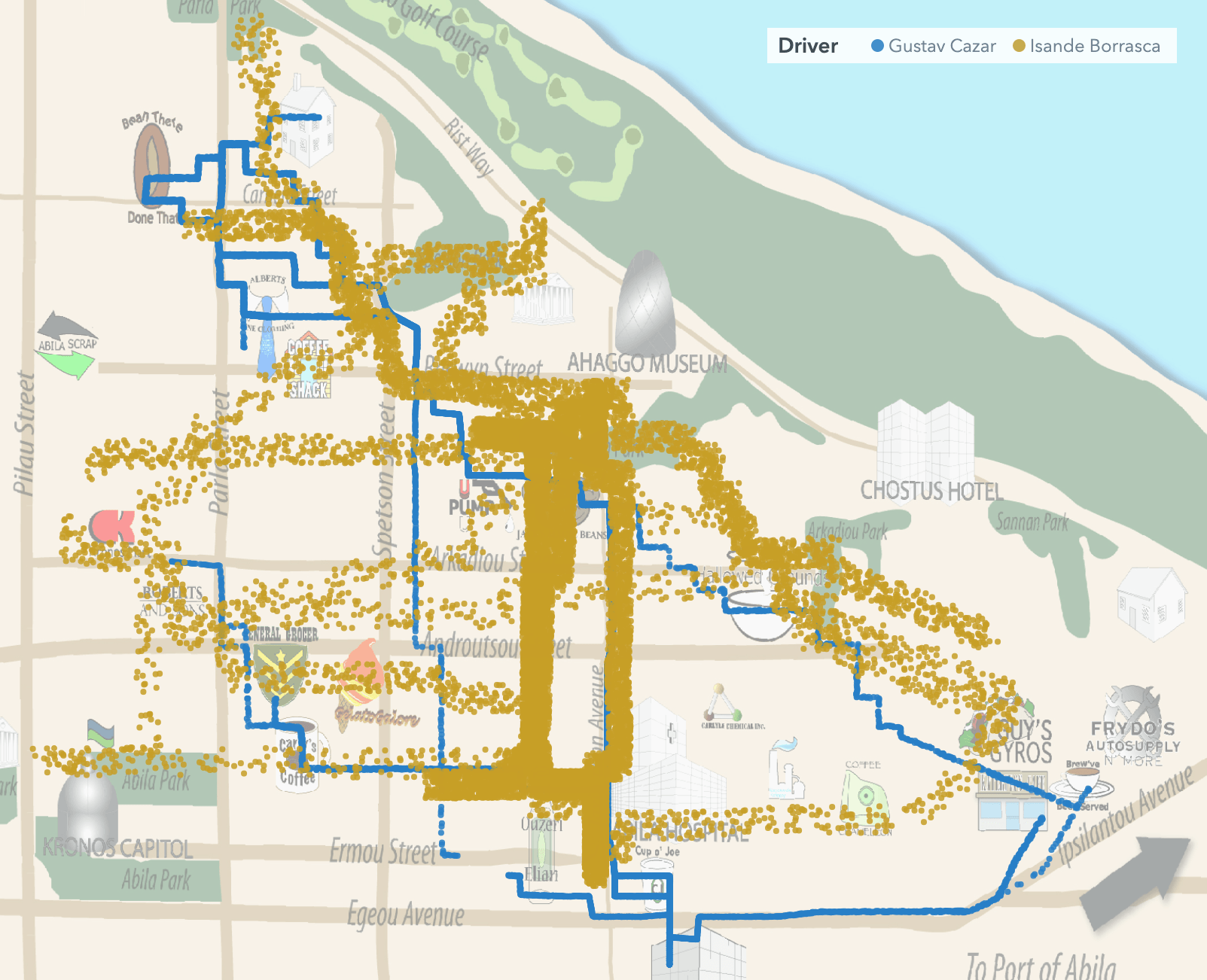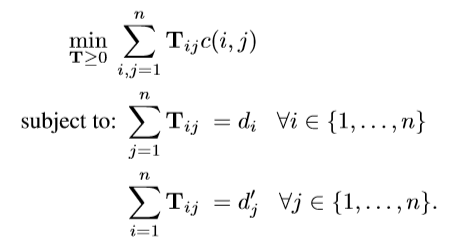The hybrid approach to enhancing your natural language processing
Unlocking the potential of your unstructured text data can lead to great business outcomes but the prospect of starting a new or enhancing your existing Natural Language Processing (NLP) program can feel overwhelming because of the inherently unique (and sometimes messy) nature of human language. Text data doesn’t fit neatly into rows or columns the way that structured data does, which can make it seem more complex to work with. Conversations and written language range from objective statements to subjective perspectives and opinions. The same sentence, depending on its intent and the nuances in how it's said, can have a positive, negative, or neutral sentiment. To get us started, we'll share different types of NLP models used to analyze unstructured data with a focus on the hybrid approach.
















































